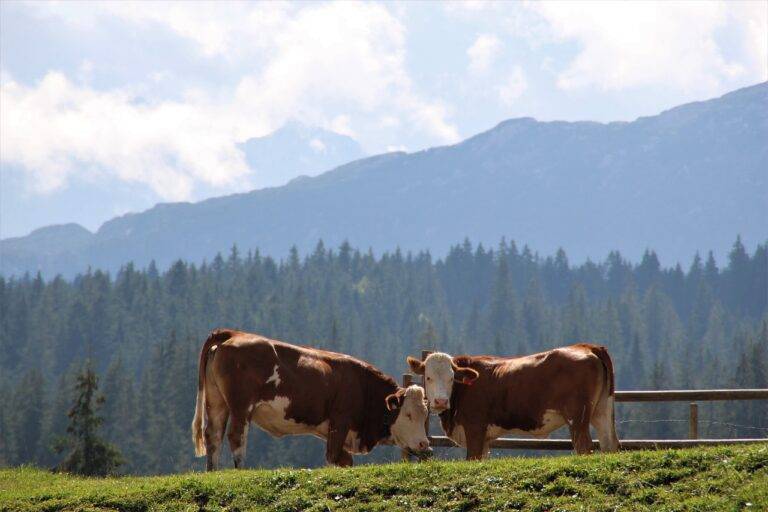From Print to Screen: Adaptations of Literary Classics in Film and TV
The process of adapting literary classics for film and TV has proven to be a challenging yet rewarding endeavor. These timeless stories carry with them a weight of expectation from audiences familiar with the original texts. Filmmakers and showrunners must carefully navigate the task of capturing the essence of the source material while also making necessary adjustments to suit the visual medium.
Despite the challenges, successful adaptations have the power to introduce classic literature to new generations and renew interest in these beloved stories. Through the visual medium of film and television, audiences are able to experience these narratives in a new light, engaging with the characters and themes in a way that may resonate more deeply than reading the original text. The impact of these adaptations extends beyond entertainment, sparking discussions and reflections on the enduring relevance of these timeless tales.
Challenges Faced in Adapting Classic Literature for the Screen
Adapting classic literature for the screen poses a myriad of challenges for filmmakers and screenwriters alike. One of the main obstacles lies in translating the intricate language and complex themes of the original text into a visual medium. With classic works often being dense and rich in symbolism, conveying the depth of the narrative while keeping the audience engaged can be a delicate balancing act.
Furthermore, the task of staying true to the source material while also appealing to a modern audience presents its own set of difficulties. Striking the right chord between honoring the essence of the literary classic and incorporating elements that resonate with contemporary viewers requires a nuanced approach. The challenge lies in preserving the integrity of the original work while ensuring that the adaptation remains relevant and accessible to a wider audience.
Why is adapting classic literature for the screen challenging?
Adapting classic literature for the screen can be challenging due to the need to stay true to the original text while also making it visually engaging for a modern audience.
How do filmmakers decide which elements of a classic book to include in a film adaptation?
Filmmakers often have to carefully choose which elements of a classic book to include in a film adaptation based on what will work best for the medium of film and what will resonate with audiences.
What are some common challenges faced in adapting classic literature for TV?
Some common challenges in adapting classic literature for TV include condensing a lengthy book into a limited number of episodes, capturing the nuances of the characters and storylines, and balancing fidelity to the source material with the need for entertainment value.
How do filmmakers navigate the expectations of fans when adapting a beloved classic book for the screen?
Filmmakers often face the challenge of balancing the expectations of fans with their own creative vision when adapting a beloved classic book for the screen. This can involve making difficult decisions about what to include or change in the adaptation.
Are there any successful examples of classic literature being adapted for the screen?
Yes, there have been many successful adaptations of classic literature for the screen, such as “Pride and Prejudice,” “To Kill a Mockingbird,” and “The Great Gatsby.” These adaptations have been praised for their faithfulness to the source material while also bringing something new to the story.





